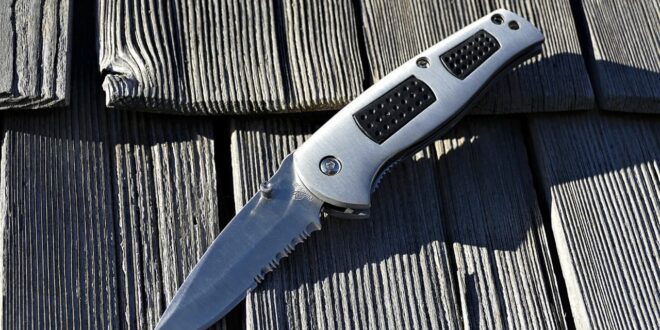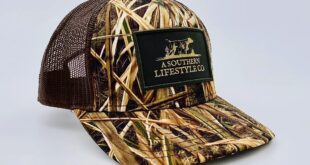Are you ready to purchase an OTF knife? If so, you will find there are many options available today.
With so many options, it can make it difficult to know which one is right for you. While the purchase process may seem intimidating at first, there are a few things you can consider to find the right knife for your needs.
Deployment Style
With an OTF knife, there are two basic types of deployment. This is the first consideration to make in the buying process.
Automatic Mechanism
Knives that deploy “out the front” will usually have blades that deploy directly from the handle. If you choose a double-action OTF knife, it will use a double-action mechanism with a quick-action spring.
This spring can pull the blade back to where it should be automatically.
Single Action Spring Mechanism
With the single-action spring mechanism, the spring will deploy your blade automatically. The only difference is that you must manually retract the blade. It is also necessary to reload the lever with the handle.
Use of the OTF Knife
When selecting a new OTF knife, you should consider why you need it and how it will be used. For example, do you want to add it to your collection or put it in the glove box for emergencies?
Is it going to remain in your work toolbox or become part of your hunting bag? Will the knife be an everyday use tool or only used for self-defense?
It is important to figure out how the knife will be used before deciding which one to purchase. After determining this, you can move on to the next consideration.
Blade Size
The size of the blade will impact what you can and cannot do with the knife. A longer blade is considered a practical option for rougher expeditions. However, shorter blades are best for daily use.
It is important to understand if the nine-inch OTF knife is right to keep in your pocket or if you should find a shorter version. If you want something smaller, you can purchase OTF automatic knives with a 2.75-inch blade that is a total of seven inches long.
Edge Types
The type of edge on the knife will impact what you can and cannot do with it too.
Straight Edge
These are considered standard options. If you hunt, this is a smart option. It provides an edge that sharpens easily and quickly and cuts cleanly.
Fully Serrated
This type of blade can outperform straight edges for cutting rope and other fibrous materials. It offers an aggressive edge and can leave a ragged cut behind.
Serrations will usually remain sharp longer than the straight edge. But after it gets dull, these are harder to sharpen. Cleaning these can also be more challenging, but for help, you can check out these tips.
Partially Serrated
These blades offer the benefits of serrated and straight edges, all in one. For general purposes, this is a smart option.
Finding the Right OTF Knife
When searching for the right OTF knife, you have a lot to consider. Keep the information above in mind to find one that suits your needs.
For more tips and guides, check out some of our other blogs.
 HammBurg Be informed with latest news, reviews, entertainment, lifestyle tips, and much more.
HammBurg Be informed with latest news, reviews, entertainment, lifestyle tips, and much more.




